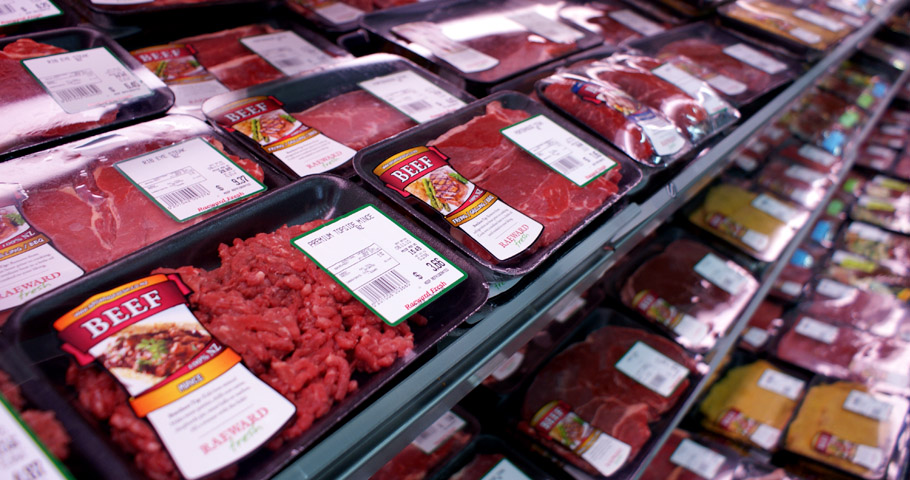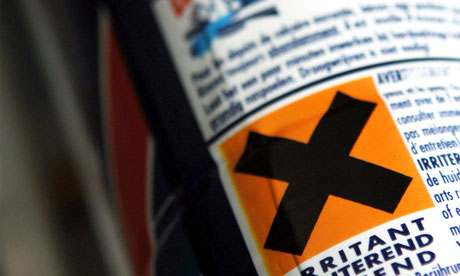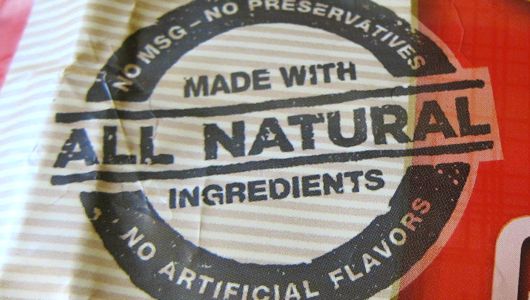Have you ever decided to choose one grocery item over another because of the health benefit claims on the label? You may have been tricked. That’s because terms like 100% natural or no cholestrol are often labeled on a food item that may not be healthy at all.
Frustrated? You wouldn't anymore. Here's the list of the 7 common—and most misleading phrases—manufacturers use on food, with advice on how to look past the hype to make smarter supermarket choices.
1. All natural
It seems reasonable to assume that a product labeled “all natural” comes almost directly from the farm to the shelf. But the FDA has relatively few guidelines governing the use of the term and admits that some “natural” food “has probably been processed and is no longer the product of the earth.”
The only requirement the FDA has for using the phrase “natural” is that the product contains no added color, artificial flavors or synthetic substances. These not-so-natural products can often contain unhealthy additives like preservatives, high fructose corn syrup and GMOs; meats, milk, cheese and other products may come from animals treated with growth hormones or antibiotics.
Better word to look for:
organic (but see notes on this term later in the article)
2. Wheat or multigrain
Seeing that a product is “made with whole grains,” or is labeled “wheat” or “multigrain” should be a plus for consumers. Unfortunately, those words have little merit by themselves. Such products can have as little as 1 percent of whole grains, and while the number can range up to 49 percent, it’s difficult to know how much the food actually contains.
Better word to look for:
100% whole grain, 100% whole wheat, a whole grain listed as the first ingredient
3. Sugar free & No Sugar Added
In general, steer clear of products that are labeled “sugar free.” Such foods often contain artificial sweeteners or “sugar alcohols.” While artificial sweeteners usually have zero calories, there are a number of studies questioning their safety, particularly with causing cancer and other health concerns. Sugar alcohols have substantially less calories than sugar; however, they still contain calories and carbohydrates (and the foods they’re in sometimes have high amounts of each), and consuming large amounts can cause diarrhea.
Better word to look for:
100% fruit juice sweetened (verify in ingredients list)
4. Fat free
It’s true that it’s good to avoid trans and saturated fats, but that doesn’t mean fat-free foods are healthy. Actually, foods labeled with this phrase can include just as much sugar and calories as foods with higher fat content. (See “Superfood of the Day: Avocado” to learn how calories and healthy fats from the delicious avocado fruit are good for you.)
Better word to look for:
Naturally low-calorie (usually associated with whole or minimally-processed foods)
5. Cholesterol free
Foods labeled “cholesterol free” may still contain 2 milligrams (mg) per serving while “low cholesterol” products can contain up to 20 mg. The term “reduced cholesterol” refers to products that contain 25 percent less cholesterol than comparable products. Regardless of the amount of cholesterol in the food, products with this label can still contain trans and saturated fats, which are known to raise LDL, or “bad,” cholesterol levels.
Better word to look for:
When a product claims to be “cholesterol-free,” “low cholesterol,” or “reduced cholesterol,” check the label to make sure it isn’t loaded with saturated and trans fats.
6. Made with Real Fruit
While certain packaged foods may say they’re “made with real fruit,” it’s difficult to know how much—or how little—actual real fruit it contains. Additionally, these products can (and often do) contain a slew of other ingredients, such as sugar and artificial colors and flavors, that offset the nutritional value the real fruit ingredients may have added.
Better word to look for:
100 percent real fruit (such as in dried fruit snacks; watch for added sugar)
7. Organic
When you’re shopping for apples, carrots or other whole foods, organic is a good option. Compared with other terms, the FDA provides relatively strict guidelines for foods that use this term and accompanying USDA organic label. But, when buying prepared or processed foods, the term “organic” has become synonymous with “healthy.” Just because you buy organic cookies, however, it doesn’t mean they’re healthy. Be sure to check the labels of all non-whole foods you purchase so that you’re aware of the amount of calories, fats, cholesterol, sugar and other ingredients in your food.
Better word to look for:
Organic is still a great option, but be sure you’re aware of what’s in your food.
The key? Don’t trust buzzwords big companies use as marketing tactics. Read labels and be aware of what you put into your body.
What are some other misleading words you’ve seen on packaging labels? Please share in the comments.
 It is important for people to make the habit of reading labels. Sometimes the facts that are written on the paper application tape counts a lot, so it would really be important to take advantage of it by reading product labels and discover the benefits that it can possibly bring.
It is important for people to make the habit of reading labels. Sometimes the facts that are written on the paper application tape counts a lot, so it would really be important to take advantage of it by reading product labels and discover the benefits that it can possibly bring.

























